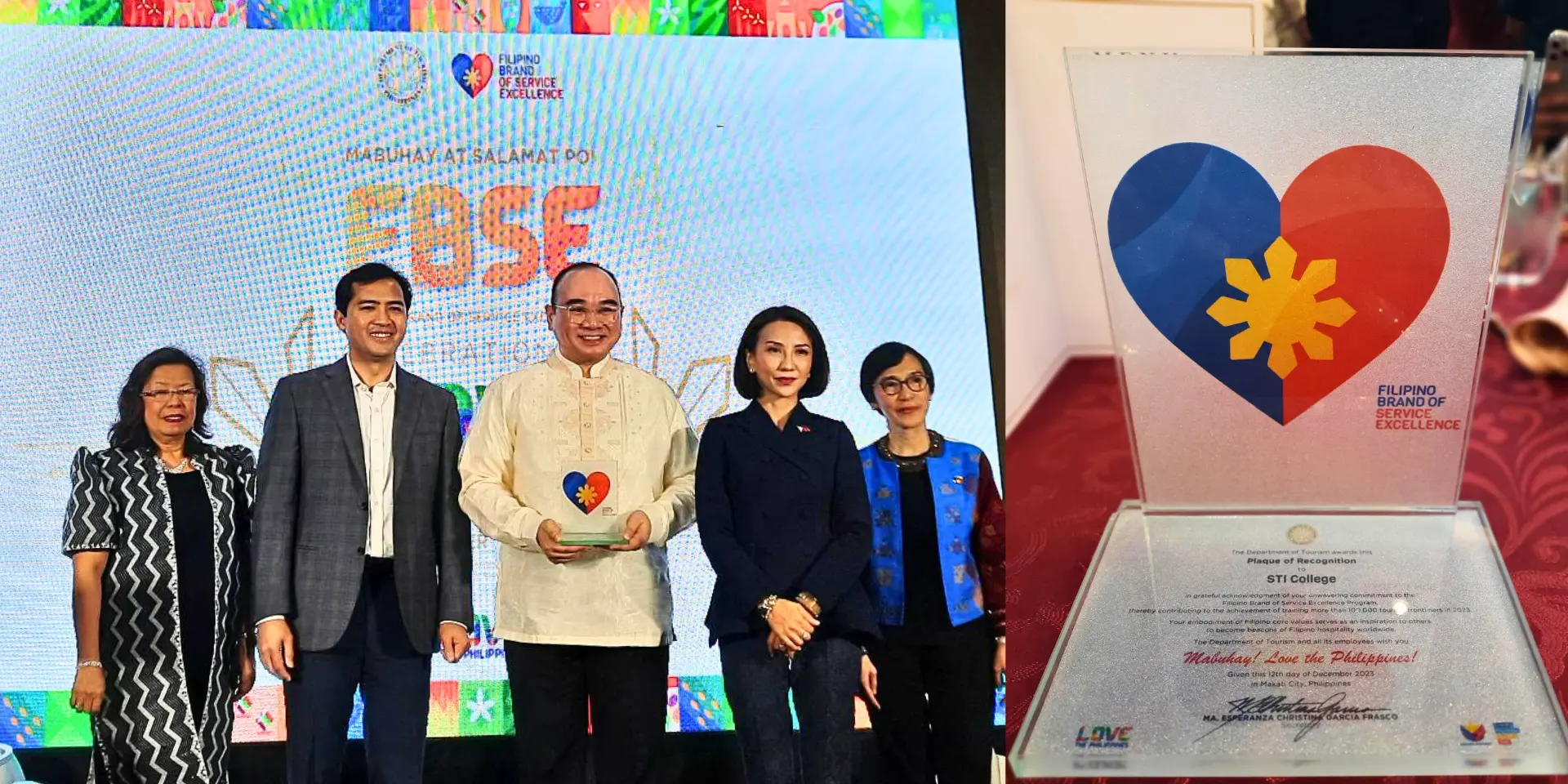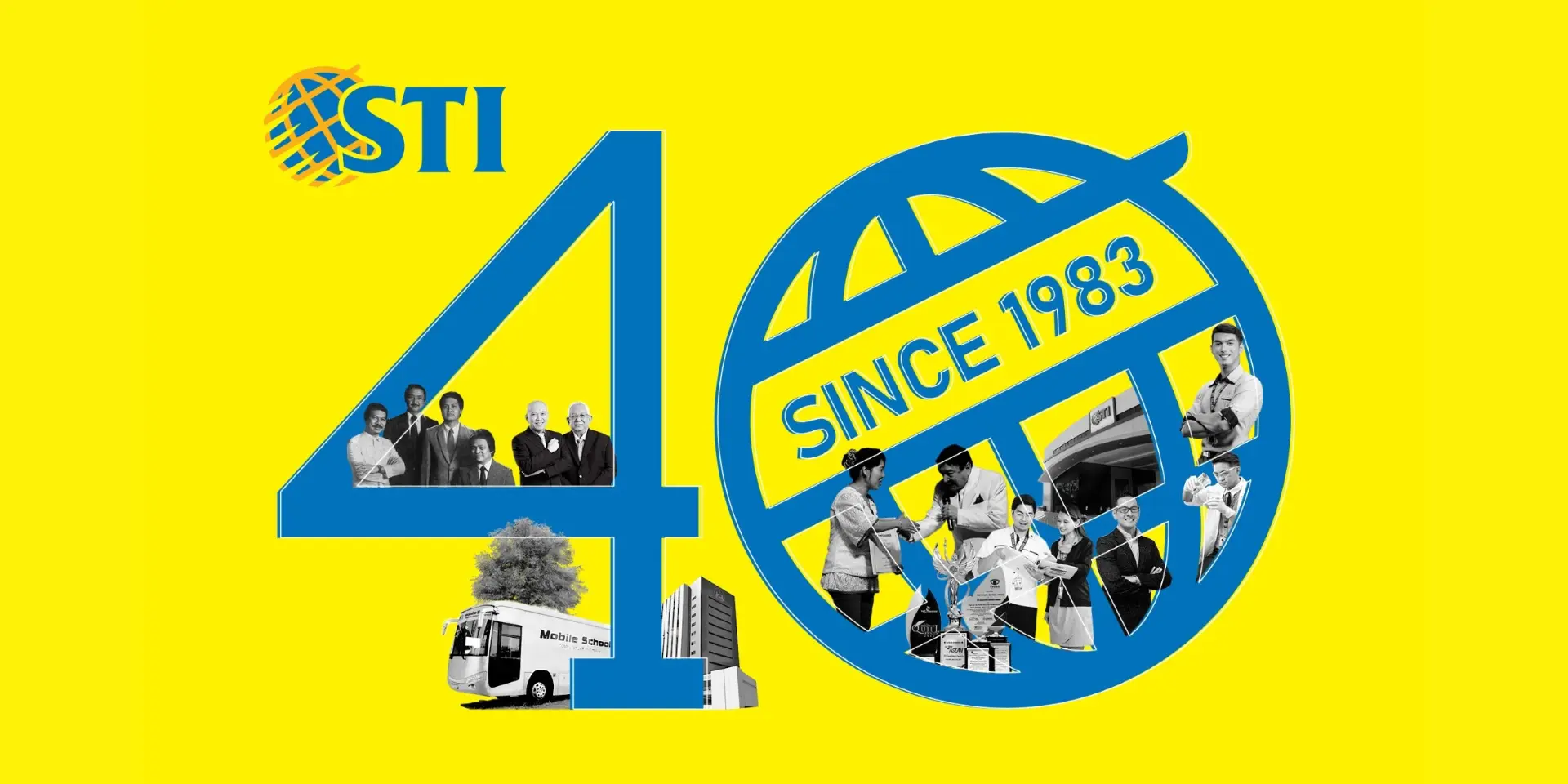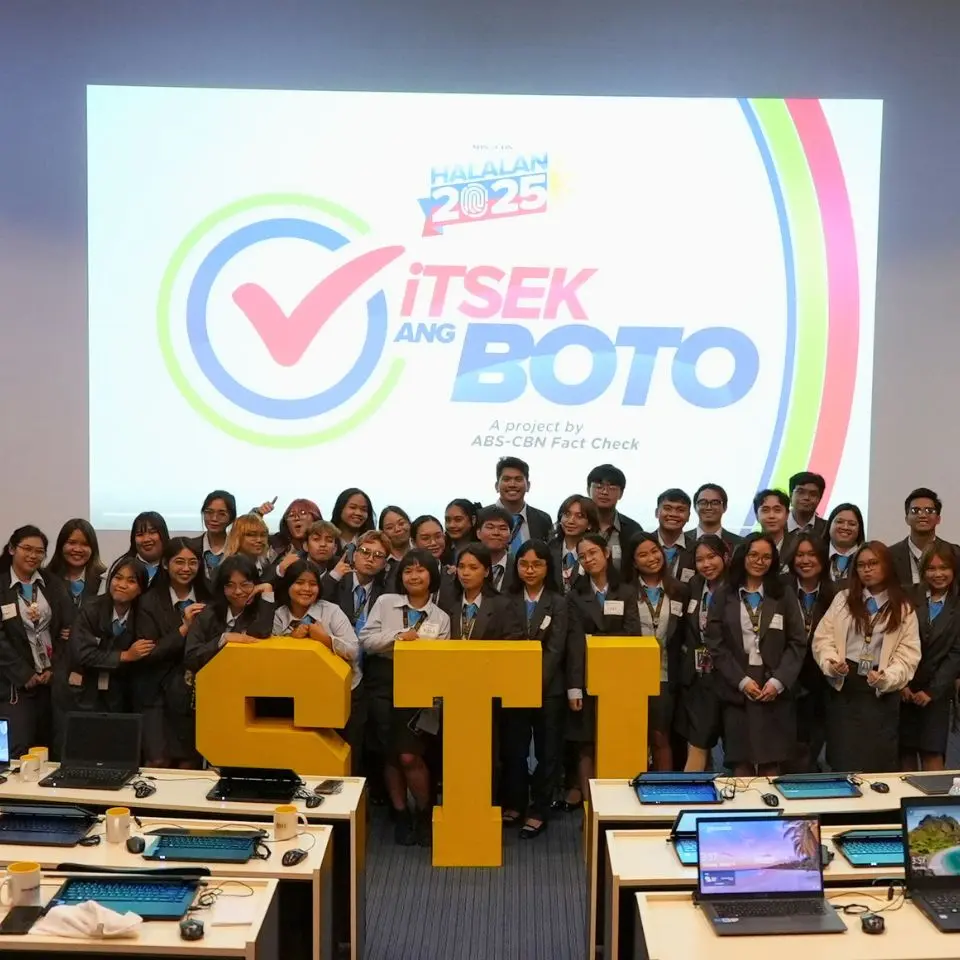

Staying education-ready in the new normal
July 23, 2020
The Philippine education sector has become one of the most vulnerable segments of society with 28 million learners affected by school closures due to the coronavirus pandemic. As the country battles the disease, learning institutions are facing challenges in enrollment decline and academic continuity.
For STI College, addressing the challenges to meet its academic objectives is made possible through the creation of a new educational framework based on students’ current learning needs and demands.
“Preparing for a new school year during such unprecedented times calls for change and innovation on our existing learning model. It was imperative that STI not only focus on how to bring back classes, but on how to make it more engaging, more accessible, and safer for our students amidst the COVID-19 pandemic,” said STI Vice President for Academics Aisa Q. Hipolito.

Fostering Strength in Information Technology
To enable continuous learning for the upcoming school year, STI is introducing its ONline and ONsite Education or the ONE STI Learning Model. The academic framework fosters a responsive and innovative learning experience by using online tools and technology combined with onsite or on-campus hands-on practice and engagements to achieve the desired learning outcomes of the students.
The concept of online learning is not new to STI, as the institution already implemented a blended learning mode for the past five years using an eLearning Management System (eLMS) for students to use at home. With the ONE STI Learning Model, STI eLMS modules and topics have been modified to use more collaborative tools and house more engaging and interactive learning contents.
On the eLMS, STI students can now access, stream and download video lectures, educational motion graphics, and other learning materials. Learners can also make use of gamified learning activities and a customizable online weekly calendar to plan and manage their weekly schedules.
On the other hand, instructors have also adjusted their assessment methods to be more interactive through the use of polls and quizzes, online surveys, or by video submission and chat amongst others. Using the available technology, teachers may now also instill learning checkpoints in the middle of lesson plans to gauge the students’ comprehension of a certain concept or theory, effectively gathering data that would be useful for providing intervention and support for learners.
Aligning with STI’s founding mandate of producing college-ready and life-ready graduates, the model aims to fully enable students to continue their studies, move up to the next level, graduate, and seek eventual employment even during the pandemic.

Enabling Connectivity for Students
To prepare for the learning continuity plans, the entire STI academe assessed and took into account all possible learning gaps as they were developing the program. With a diverse set of students coming from all economic backgrounds, the institution assured that every student will be equipped with the necessary tools to learn productively and efficiently.
In terms of online learning platforms, students can access a vast resource of learning materials through the eLearning Management System and the complete Microsoft Office 365 Suite. As for other technologies, STI students can track their schedules and balances through the One STI Student Portal App.
However, one of STI’s bigger efforts to ensure accessibility across all of its campuses is with its recent partnership with SMART Communications to provide all students a SMART SIM with a 35GB monthly data plan for free.
With connectivity being the main hurdle in online learning, this endeavor pursued by STI has significantly lessened the burden on its many learners. This way, students can stay connected, access their online learning materials, and study safely and comfortably from their homes.

Safety of Students at the Forefront
For STI, hands-on training in industry-grade laboratories and classroom experiences are still essential to its learners’ knowledge, skills, and character development.
To augment the need for on-campus learning experiences, STI will continue to conduct physical classes but under strict safety precautions and in compliance with the regulations issued by the Inter-Agency Task Force (IATF), Department of Education (DepEd) for Senior High School, the Commission on Higher Education (CHED) for College, and the local government units and health departments.
To do this, class sections will be separated into batches with designated schedules for coming to school to enforce social distancing. However, should onsite activities be prohibited by a government agency, the academe shall deliver these activities online or deferred to the succeeding term, or until onsite sessions are allowed.
“With the risk of transmission still very prevalent, our students and staff’s safety is our utmost concern. But, nevertheless, we have prepared well to assuredly welcome back our students for a new term,” said Hipolito.
“The unprecedented times has challenged learning institutions across the world, and it has tested our resilience as educators and learners. But the current challenges have also provided us with opportunities and lessons to improve our learning systems to better fulfill our student’s education.”
STI is now accepting enrollees for Senior High School and College for School Year 2020-2021. Interested applicants may apply online on apply.sti.edu
Related Articles










